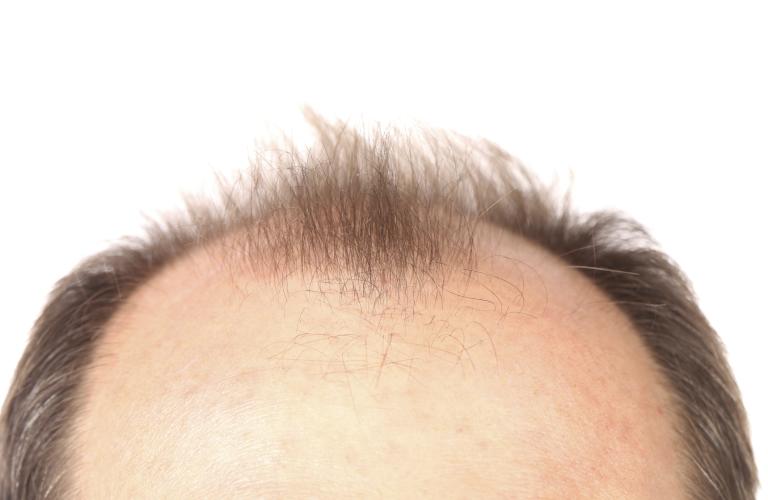Male pattern baldness, also known as androgenic alopecia, is the leading cause of hair loss and premature baldness in men between the ages of 18 and 50 worldwide. Notwithstanding age and environmental factors that eventually results in a certain amount of baldness or thinning hair, genetics play a crucial role in causing male pattern baldness.
However, there may be locally contributing factors as well. Hair loss is inevitable (although it can be controlled to varying degrees with medication), but it helps understand the underlying cause for male pattern baldness.
We’ll be looking at what causes male pattern baldness nbsp;and answering questions about it. Primarily over what makes it gender-specific.
Chapter Overview
The Natural Hair Growth Cycle
Hair follicles can be imagined as being tiny cavities that store hair cells. These cavities also contain ‘sustenance’ for the hair, such as; proteins, nutrients, and oils. Your body has an overwhelming abundance of hair follicles scattered throughout it. However, the hair on your scalp is probably what matters the most.
Hair has a natural growth cycle – hair grows out of the follicles and reaches its maximum thickness and length. After that, the follicle tries to keep the hair alive until its runs its course. This can vary from one individual to the next, but generally, hair can live for up to three years undisturbed.
If you lose hair somewhere, the hair follicles will be stimulated to producing another one in its place. The cycle goes on and on for the rest of our lives. Baldness is understandably a condition wherein the standard mechanism of growing, maintaining, and replacing hair is altered.
Why Men?
Male pattern baldness is also known as androgenic alopecia. Alopecia refers to hair loss and can be seen in individuals of all ages and genders. The sort of alopecia that males have is based on androgens – sex hormones.
Men have testosterone, and women have estrogen (primarily, that is). The testosterone in men travels to the scalp, where it is converted into dihydrotestosterone (DHT). DHT has been implicated in causing premature shedding of hair plus shrinking the hair follicles to the point that they stop functioning altogether.
Women might have alopecia. In some cases, it might be caused by sex hormones as well. However, a staggering majority of men will have male pattern baldness because their androgens have more to do with baldness than women.
The Usual Pattern
You are moving onto the ‘pattern’ that androgenic alopecia follows. You might be familiar with the term ‘receding hairline’ that’s generally the pattern seen in male pattern baldness. With hair receding from the crown of your head and parts of your temple. This pattern might also seem horseshoe-shaped.
Is There Any Way to Stop it?
Reports estimate that nearly 50% of men will face male pattern baldness. Some reports have the estimate going up to 60%. What separates people who have androgenic alopecia from those who don’t isn’t a lack of testosterone, rather genetics.
Studies have shown that male pattern baldness is far more prevalent in individual races and ethnicities than others. You can’t stop genetics. However, you can work your way around baldness with hair transplants, wigs, and weaves.
Some people also go for medication to overcome the issue. However, physicians would generally be wary of prescribing medication for a genetic concern. The adverse effects are usually not worth the risk.
To answer the question: Male pattern baldness is caused primarily by genetics. Other factors such as age, environment, and habits do undoubtedly influence premature hair loss and thinning. However, the root of the issue is genetics, which causes hair follicles to close prematurely.
The primary issue with male pattern baldness is psychological and not necessarily physiological. This is why there is no specific treatment for hair loss, but there are treatments for after hair has been lost – transplants, wigs, and weaves.

